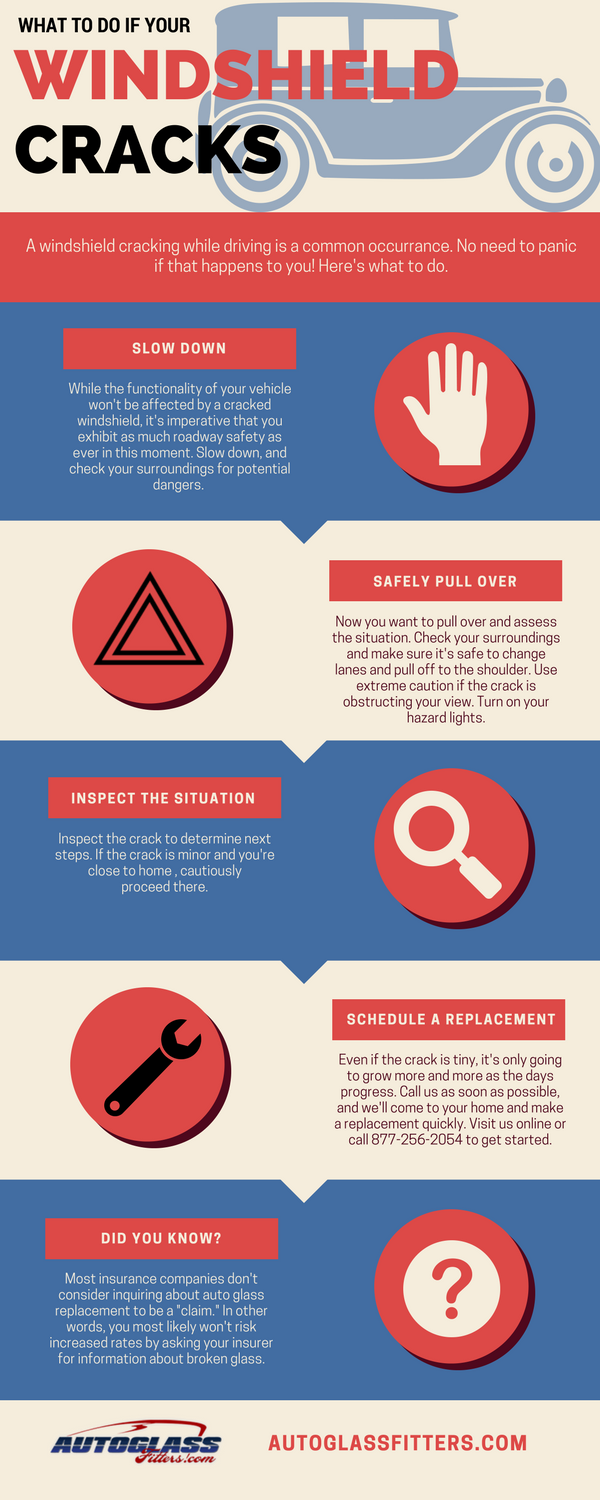One Of The Most Effective Pressure Washing Practices For Every Single Surface Area Group
One Of The Most Effective Pressure Washing Practices For Every Single Surface Area Group
Blog Article
Writer-Bryant Hodges
When it involves press washing, the strategy you choose can make all the difference in attaining a tidy, streak-free surface. You may find that difficult surface areas, like concrete, require a different strategy than softer products, such as wood or plastic. It's important to adapt your methods to the surface area type to avoid damage while taking full advantage of cleansing effectiveness. So, what are look at more info for each and every surface area, and exactly how can you guarantee you're utilizing the best settings and devices for the work? Allow's explore what you require to recognize to obtain the very best results.
Hard Surface areas
When it concerns press cleaning hard surfaces, preparation is crucial. Prior to you even think about taking out the pressure washer, take the time to clear the location of any type of particles, furnishings, or barriers. You do not want anything getting in your means or possibly damaging your tools.
Next, inspect the surface area for any splits or damages; this will help you determine the ideal approach and pressure settings.
Once you have actually prepared the location, it's important to choose the ideal nozzle. For hard surfaces like concrete or brick, a slim nozzle (15 or 25 levels) functions best to supply a focused stream of water that can properly eliminate grime and discolorations. Always start at a distance and progressively relocate better to prevent any type of surface damage.
As you begin washing, maintain the stick moving to prevent touches and over-saturation. It's also useful to work from the top down, permitting dust and debris to wash away normally.
Lastly, remember to wash the surface extensively after cleaning to remove any type of leftover detergent. With these strategies, you'll accomplish a clean and refreshed appearance on all your hard surface areas.
Soft Surfaces
Stress cleaning soft surfaces requires a gentler strategy to shield them from damages. Whether you're cleaning your deck, outdoor patio furniture, or house siding, making use of excessive stress can cause dents, scratches, or even irreversible injury.
Begin by choosing a low-pressure nozzle, preferably a 25-degree or wider spray pattern, to spread the water more carefully.
Prior to you begin, it's crucial to pre-treat any stains with an appropriate cleansing service. This step allows the cleaner to pass through the dust and grime, making it much easier to remove without rubbing also hard.
Constantly use the option from all-time low as much as stop spotting.
When you start stress washing, keep a range of at least 12 to 18 inches from the surface. Move your stick in a sweeping movement, keeping it parallel to the surface area to stay clear of concentrated pressure on one place.
Wash the area thoroughly after cleansing to remove any type of residual cleaner.
Last but not least, evaluate the surface area for any kind of missed areas and duplicate the process if necessary. By following these steps, you can properly clean soft surfaces while protecting their integrity and look.
Specialized Surfaces
Cleansing soft surfaces calls for care, but specialized surfaces require even more attention to detail. When you deal with these surface areas, like delicate timber, stained concrete, or certain types of house siding, utilizing the ideal stress cleaning methods is essential to stay clear of damage.
First, examine the material. For https://www.housedigest.com/955847/tips-to-help-keep-your-rugs-clean-around-the-clock/ , treated wood can typically withstand modest stress, but softer timbers like cedar may require a reduced setting. Always start with the most affordable stress and gradually increase if required.
For tarnished concrete, make use of a follower spray nozzle and maintain a regular range to avoid etching the surface.
When taking care of surfaces like plastic siding or painted surface areas, a large spray pattern assists distribute the pressure equally, protecting the surface.
It's likewise important to make use of cleaning agents particularly made for specialized surface areas. They can boost cleaning without jeopardizing the product.
Wash thoroughly after cleaning to get rid of any type of deposit, as it can bring about staining or wear and tear gradually.
Verdict
To conclude, mastering pressure washing methods for different surfaces can make all the difference in your cleansing outcomes. For hard surfaces, adhere to narrow nozzles and a top-to-bottom method, while soft surfaces need a gentler touch with wider nozzles. Don't neglect to pre-treat spots and rinse thoroughly to stay clear of residue. By adjusting your techniques per material, you'll not only accomplish a cleaner coating but additionally protect the honesty of your surfaces. Delighted cleaning!
